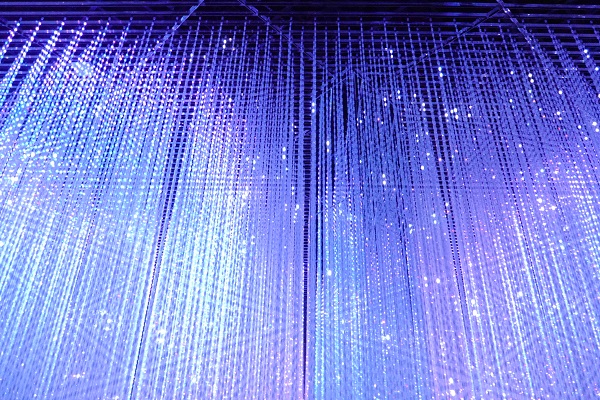UC Santa Barbara’s Solid State Lighting & Energy Electronics Center (SSLEEC) and member companies are developing UV LEDs that have the ability to decontaminate surfaces — and potentially air and water — that have come in contact with the coronavirus (SARS-CoV-2 virus) to combat the world spreading disease.
Recently, much attention has turned to the power of UV light to inactivate the novel coronavirus and Seoul Semiconductor, a SSLEEC member company, reported its achievement of “99.9% sterilization of coronavirus (COVID-19) in 30 seconds” with their UV LED products. Their technology currently is being adopted for automotive use, in UV LED lamps that sterilize the interior of unoccupied vehicles.

(Image: LEDinside)
Before the COVID-19 pandemic gained global momentum, materials scientists at SSLEEC were already at work advancing UV-C LED technology. This area of the electromagnetic spectrum is a relatively new frontier for solid-state lighting and many advances are still required for UV LEDs to reach its potential in terms of efficiency, cost, reliability and lifetime.
In a letter published in the journal ACS Photonics, the researchers reported a more elegant method for fabricating high-quality deep-ultraviolet (UV-C) LEDs that involves depositing a film of the semiconductor AlGaN on a substrate of SiC instead of the more widely used sapphire substrate.
The researchers found that SiC substrate enables more efficient and cost-effective growth of high-quality UV-C semiconductor material due to how closely the materials’ atomic structures match up. Also, SiC is far less expensive than the “ideal” aluminum nitride substrate, making it more mass production-friendly.
The team will continue to work on improving AlGaN/SiC platform to hopefully produce the world’s most efficient UV-C light emitters when research activities resume at UCSB.












